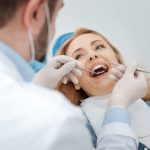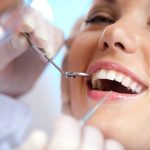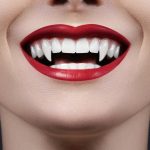Why Won’t My Teeth Whiten? Common Causes and Solutions for Stained Teeth
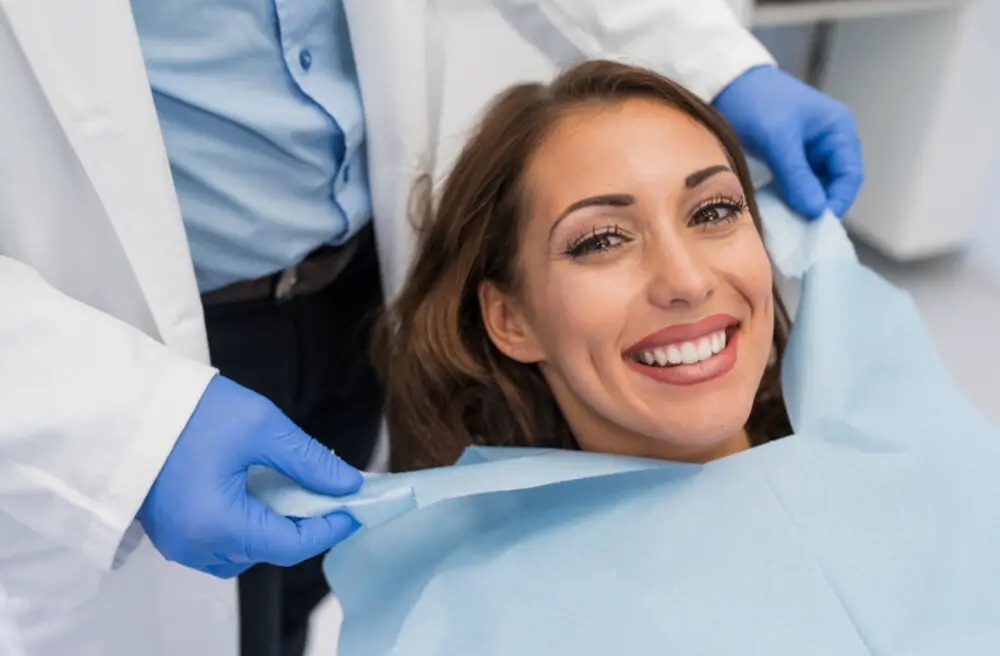
For many of us, having a bright, white smile is a priority. It’s no secret that a beautiful set of teeth can boost self-confidence and leave a positive impression on others. However, despite our efforts to maintain good oral hygiene, some of us may find that our teeth won’t whiten, leaving us feeling frustrated and discouraged. The truth is, there are several reasons why teeth might not respond to whitening treatments, and understanding these common causes is essential to finding the right solution. One of the most common reasons for teeth staining is food and drink consumption. Coffee, tea, red wine, and dark-colored fruits and vegetables can all leave stains on teeth over time. Additionally, tobacco use, poor oral hygiene, and certain medications can also contribute to tooth discoloration. While regular brushing and flossing can help prevent staining, some people may need more intensive treatments to achieve the desired level of whiteness. In this article, we’ll explore some of the common causes of stained teeth and offer practical solutions to help you achieve a brighter, healthier smile.
Teeth whitening has become increasingly important in today’s society, as a bright and healthy smile is often associated with success, beauty, and confidence. Stained teeth can be caused by a variety of factors, including genetics, aging, lifestyle habits, medications, and certain foods and drinks. While stained teeth are not always a sign of poor oral health, they can significantly impact one’s self-esteem and overall appearance. Teeth whitening treatments offer a safe and effective solution to brighten and enhance the appearance of teeth, helping individuals to achieve the smile they desire and feel confident in their daily lives.
There are several common misconceptions about teeth whitening that can lead to disappointment or even damage to teeth. One of the most common is that all teeth whitening products are equally effective. In reality, over-the-counter products like whitening toothpaste or strips are not as powerful as professional treatments provided by a dentist. Another misconception is that whitening will work on all types of discoloration, including those caused by medication or injury. In some cases, these types of stains may require alternative treatments such as bonding or veneers. Finally, some people believe that whitening is a one-time fix, but regular maintenance is necessary to keep teeth looking bright. Understanding these misconceptions can help individuals make informed decisions about their teeth whitening options.
Causes of Tooth Discoloration

Tooth discoloration can be caused by a variety of factors, both intrinsic and extrinsic. Intrinsic discoloration occurs within the tooth, often as a result of trauma, genetics, or certain medications. For example, tetracycline antibiotics can cause discoloration in developing teeth, while trauma can cause the tooth to produce more dentin, which can darken the tooth’s color. Extrinsic discoloration, on the other hand, occurs on the surface of the tooth and is often the result of lifestyle factors. For example, consuming dark-colored foods and beverages, such as coffee, tea, and red wine, can stain the teeth over time. Smoking and using other tobacco products can also cause extrinsic discoloration. In addition to lifestyle factors, poor dental hygiene can also contribute to tooth discoloration. Failure to brush and floss regularly can allow plaque and tartar to build up on the teeth, which can cause them to appear yellow or brown. Certain medical conditions, such as enamel hypoplasia and fluorosis, can also cause tooth discoloration by affecting the development and mineralization of the tooth enamel. Despite the variety of causes of tooth discoloration, there are a number of solutions available to help improve the appearance of stained teeth, including professional teeth whitening treatments and improved dental hygiene practices.
Stained teeth can be caused by a variety of factors, including diet, tobacco use, and certain medications. Foods and drinks that contain dark pigments, such as coffee, tea, and red wine, can stain teeth over time. Tobacco use, whether through smoking or chewing, can also cause yellow or brown discoloration. Certain medications, such as antibiotics and antihistamines, can cause teeth to become discolored as a side effect. Poor dental hygiene, age, and genetics can also contribute to stained teeth. While some of these factors can be controlled, others cannot, and it’s important to speak with a dentist about the best way to whiten teeth and maintain good oral health.
Aside from lifestyle factors, tooth discoloration can also be influenced by age and genetics. As we age, the enamel on our teeth naturally wears down and becomes thinner, which can result in the yellowing or darkening of teeth. Additionally, genetics can play a role in the natural color of our teeth, as some people may have naturally thinner or more translucent enamel, making their teeth appear more yellow or gray. While certain lifestyle changes and whitening treatments can help improve the appearance of discolored teeth, it’s important to understand that age and genetics are also contributing factors that may require additional attention.
Types of Teeth Stains
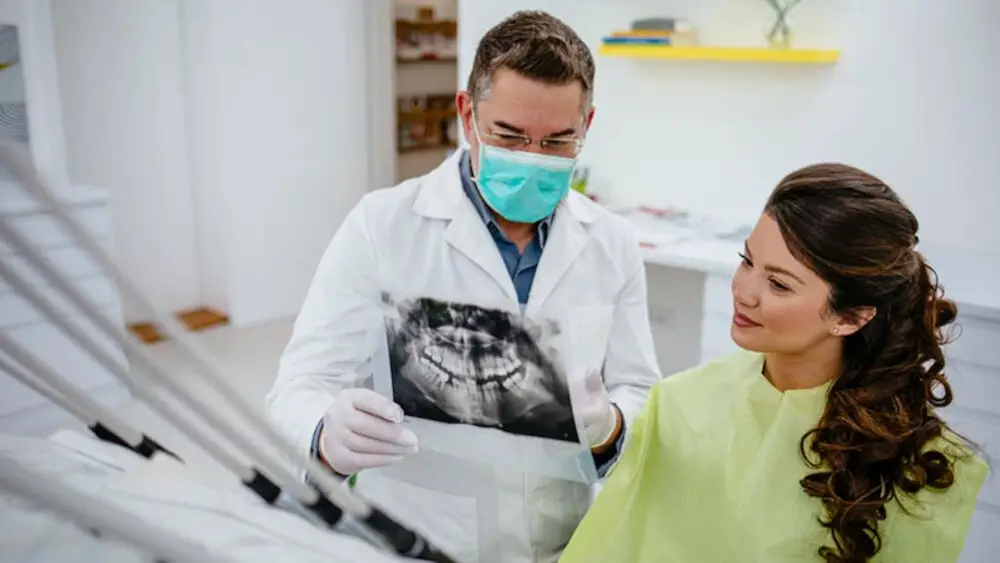
Teeth stains are a common dental issue that can result from various factors, including poor oral hygiene, certain foods and drinks, aging, and smoking. Understanding the different types of teeth stains can help you identify the cause of your discoloration and choose the most appropriate treatment. The two main types of teeth stains are extrinsic and intrinsic stains. Extrinsic stains occur on the surface of the teeth and are usually caused by external factors such as food, drinks, and tobacco. Common culprits include coffee, tea, red wine, and dark-colored fruits and vegetables. Extrinsic stains can often be removed or reduced through regular brushing, flossing, and dental cleanings. In some cases, professional teeth whitening treatments may also be effective in removing extrinsic stains. However, it is important to note that continued exposure to the same staining agents can lead to the reoccurrence of extrinsic stains. Intrinsic stains, on the other hand, occur below the surface of the teeth and are usually caused by internal factors such as genetics, medications, and trauma. Intrinsic stains are often more difficult to treat than extrinsic stains and may require more advanced treatments such as bonding, veneers, or crowns. In some cases, bleaching agents may also be effective in treating intrinsic stains. It is essential to consult with a dental professional to determine the cause of your intrinsic stains and the most effective treatment options.
When it comes to stained teeth, there are two main types: extrinsic and intrinsic. Extrinsic stains are surface stains that occur on the outer layer of the tooth, known as the enamel. These stains are usually caused by external factors such as smoking, drinking coffee or tea, or eating certain foods. On the other hand, intrinsic stains are deep stains that occur within the tooth, usually as a result of trauma, aging, or certain medications. Unlike extrinsic stains, intrinsic stains cannot be removed by brushing or regular dental cleanings. Instead, professional teeth whitening or other cosmetic dental procedures may be necessary to improve the appearance of intrinsic stains.
Stains on teeth can be caused by a variety of factors, including extrinsic stains caused by external factors like food and drink, and intrinsic stains caused by internal factors like aging or medication. Extrinsic stains can be caused by coffee, tea, red wine, and tobacco use, while intrinsic stains can be caused by genetics, certain medications, and excessive fluoride exposure. Other types of stains include tetracycline stains caused by the antibiotic tetracycline, which can cause yellow or brownish-gray stains, and fluorosis stains caused by excessive fluoride consumption during tooth development, which can cause white or brown spots on teeth. Understanding the type of stain and its cause can help determine the best solution for whitening teeth.
Teeth Whitening Solutions
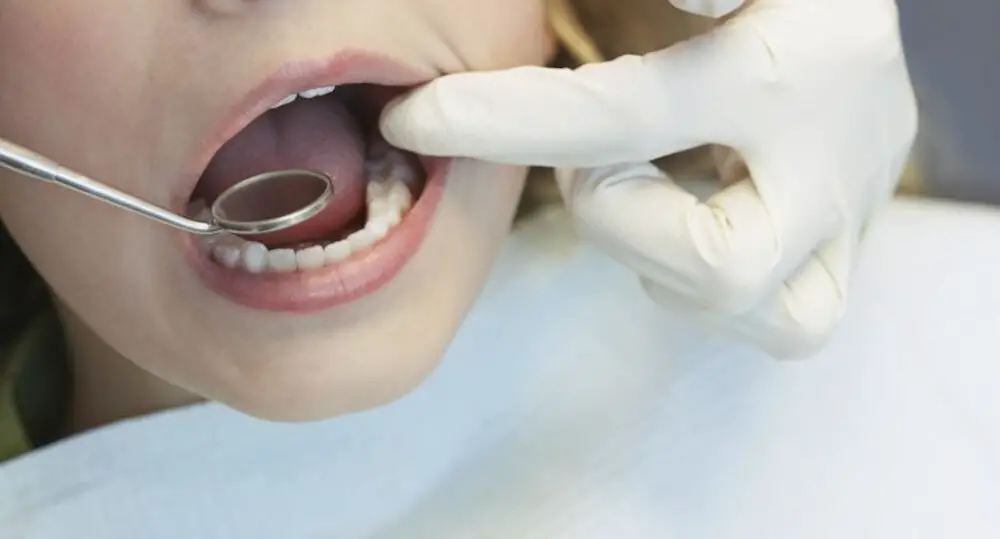
Teeth whitening solutions have become increasingly popular in recent years due to the desire for a brighter, more youthful smile. There are a variety of options available, ranging from over-the-counter products to professional treatments performed by dentists. Some common over-the-counter options include whitening toothpaste, whitening strips, and whitening gels. While these products can be effective in removing surface stains, they may not be sufficient for more severe discoloration. For those seeking more dramatic results, professional dental treatments such as in-office whitening or custom-fitted trays with professional-strength whitening gel may be more appropriate. It is important to note that not all teeth are suitable for whitening, and the causes of discoloration may vary. Certain medications, aging, and genetics can all contribute to tooth discoloration. Additionally, habits such as smoking and drinking coffee or red wine can also stain teeth. Before pursuing any teeth whitening solutions, it is recommended to consult with a dental professional to determine the cause of discoloration and the most appropriate treatment plan.
There are various teeth whitening options available to people who want to brighten their smiles. Over-the-counter products such as whitening toothpaste, strips, and gels can be purchased without a prescription and used at home. Professional treatments, on the other hand, require a visit to the dentist and may include in-office treatments like laser whitening or take-home trays with prescription-strength whitening gel. For those who prefer natural remedies, options include oil pulling, baking soda, and activated charcoal. However, it’s important to note that natural remedies may not be as effective as other options and could potentially cause harm to the teeth if used improperly. Ultimately, the best teeth whitening option depends on the individual’s needs and preferences, as well as their budget and time constraints.
When it comes to teeth whitening, there are several options available, each with their own pros and cons. One of the most popular options is in-office professional teeth whitening, which can produce dramatic results in just one visit. However, this option may be more expensive than other options and may not be suitable for individuals with sensitive teeth. Another option is at-home teeth whitening kits, which are more affordable and convenient, but may not produce as noticeable results and can take longer to achieve desired results. Natural remedies, such as oil pulling and brushing with baking soda, can also be effective but may take longer to see results. Ultimately, the most effective option will depend on an individual’s specific needs and preferences.
Preventing Future Tooth Discoloration
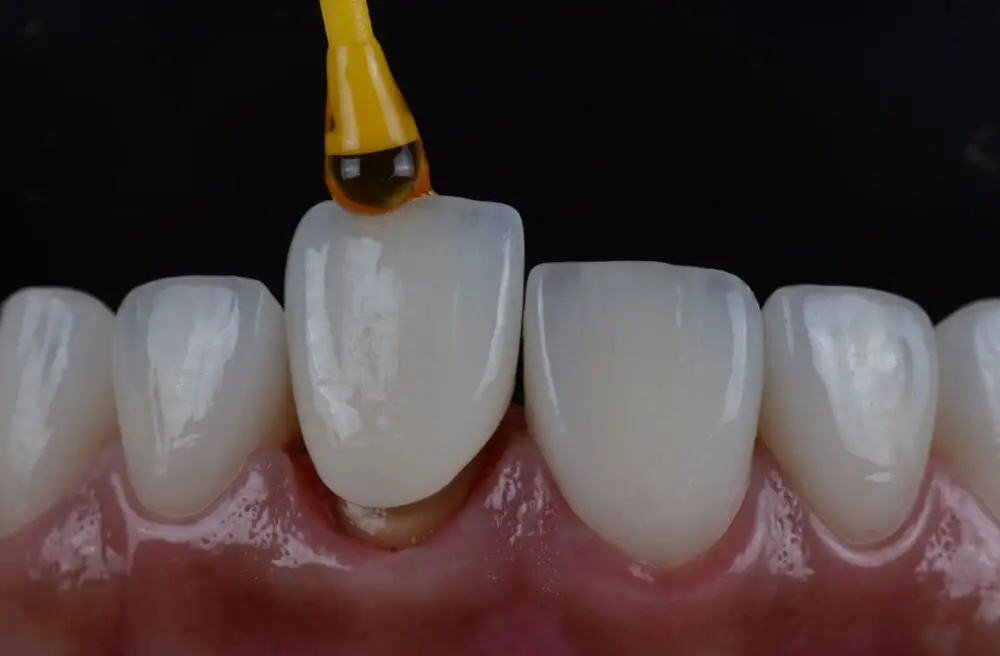
To prevent future tooth discoloration, it is essential to maintain good oral hygiene. Brushing your teeth twice a day using a fluoride toothpaste and flossing daily is crucial to remove plaque and prevent the buildup of stains on your teeth. Regular dental check-ups and professional cleanings can also help keep your teeth clean and prevent discoloration. Additionally, avoiding foods and drinks that are known to cause discoloration such as coffee, tea, and red wine can also help prevent future staining. Another way to prevent tooth discoloration is to quit smoking or avoid tobacco products altogether. Smoking can cause yellowing and discoloration of the teeth, as well as other oral health problems. Using a straw when drinking dark-colored beverages can also help prevent stains from settling on your teeth. Finally, consider using a whitening toothpaste or undergoing professional teeth whitening treatments to maintain a bright, white smile. By taking these preventive measures, you can keep your teeth looking their best and avoid future tooth discoloration.
To prevent future tooth discoloration, it is essential to maintain good oral hygiene. Brushing your teeth twice a day with a fluoride toothpaste can help remove surface stains and prevent the buildup of plaque, which can lead to discoloration. Flossing regularly can also help remove food particles and bacteria from between your teeth, preventing staining in those hard-to-reach areas. Furthermore, avoiding certain foods and drinks can help prevent future staining. For instance, coffee, tea, red wine, and dark-colored fruits and vegetables can all contribute to tooth discoloration. Limiting your consumption of these items or rinsing your mouth with water after consuming them can help prevent staining. Additionally, quitting smoking can also help prevent tooth discoloration, as tobacco can cause yellowing and brown stains on teeth. By taking these steps, you can help keep your teeth looking bright and white.
Regular dental checkups and cleanings are essential to maintaining good oral health. While brushing and flossing daily can help to keep teeth clean, professional cleanings are necessary to remove built-up plaque and tartar that cannot be removed by brushing alone. Additionally, regular checkups allow dentists to identify and treat any potential dental issues before they become more serious and require more extensive and expensive treatments. Furthermore, routine cleanings and checkups can also help to prevent tooth discoloration from becoming more severe, as dentists can provide advice on proper oral hygiene practices and recommend teeth whitening treatments. Overall, regular dental checkups and cleanings are crucial for maintaining healthy, white teeth and preventing more serious dental issues down the line.
The article titled \Why Won’t My Teeth Whiten: Common Causes and Solutions for Stained Teeth\ discusses the various reasons why teeth may become stained and discolored, and what can be done to address these issues. Some of the common causes of stained teeth include tobacco use, consuming dark-colored beverages such as coffee and red wine, and poor oral hygiene. In addition, certain medications, aging, and genetics can also play a role in tooth discoloration. To combat these issues, individuals can try various teeth whitening methods such as over-the-counter whitening products, professional dental treatments, and practicing good dental hygiene habits. It’s important to consult with a dental professional to determine the best course of action for achieving a brighter, healthier-looking smile.
Maintaining a healthy and bright smile is crucial not only for aesthetic reasons but also for overall health and well-being. A bright smile can boost self-confidence and create a positive first impression. Additionally, keeping teeth healthy can prevent various dental problems such as cavities, gum disease, and tooth loss. Poor oral hygiene can also lead to serious health issues such as heart disease, diabetes, and respiratory infections. Therefore, it is essential to practice good oral hygiene habits such as brushing and flossing regularly, avoiding foods and drinks that can stain teeth, and visiting the dentist for regular checkups and cleanings. By taking care of our teeth, we can maintain a healthy and beautiful smile that will last a lifetime.
Conclusion
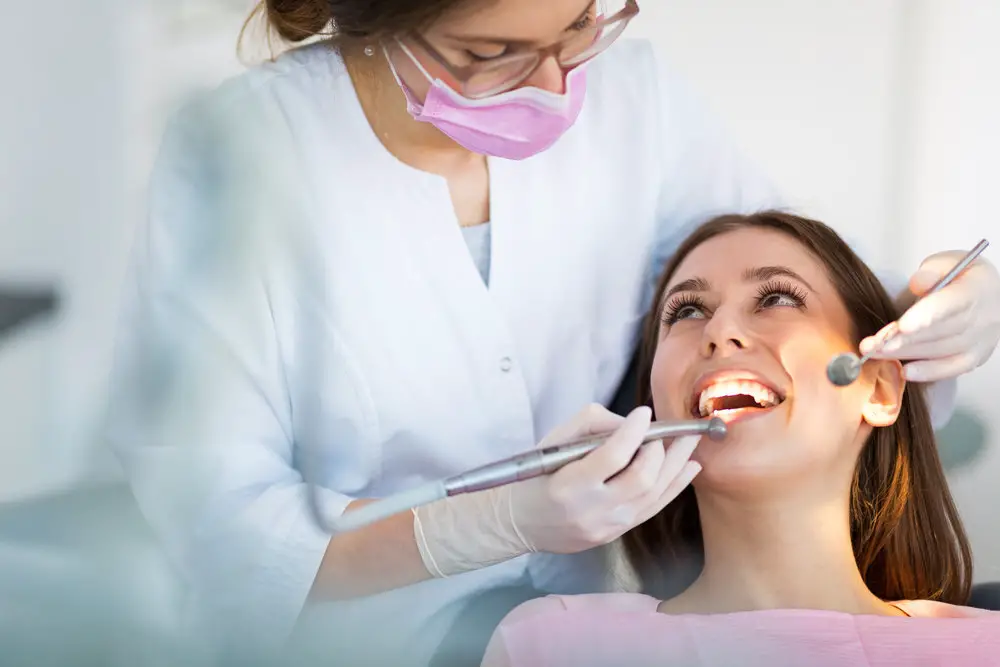
In conclusion, there are various reasons why teeth may not whiten despite using whitening products. Factors such as genetics, age, and medication can lead to tooth discoloration, and lifestyle habits such as smoking, drinking coffee or wine, and poor oral hygiene can exacerbate the problem. However, there are several solutions available, including professional teeth whitening treatments, at-home whitening kits, and lifestyle changes such as quitting smoking and improving oral hygiene. It is important to consult with a dentist to determine the underlying cause of tooth discoloration and to develop a personalized treatment plan to achieve a brighter, healthier smile. With the right approach, anyone can achieve a brighter, more confident smile and improve their overall oral health.
